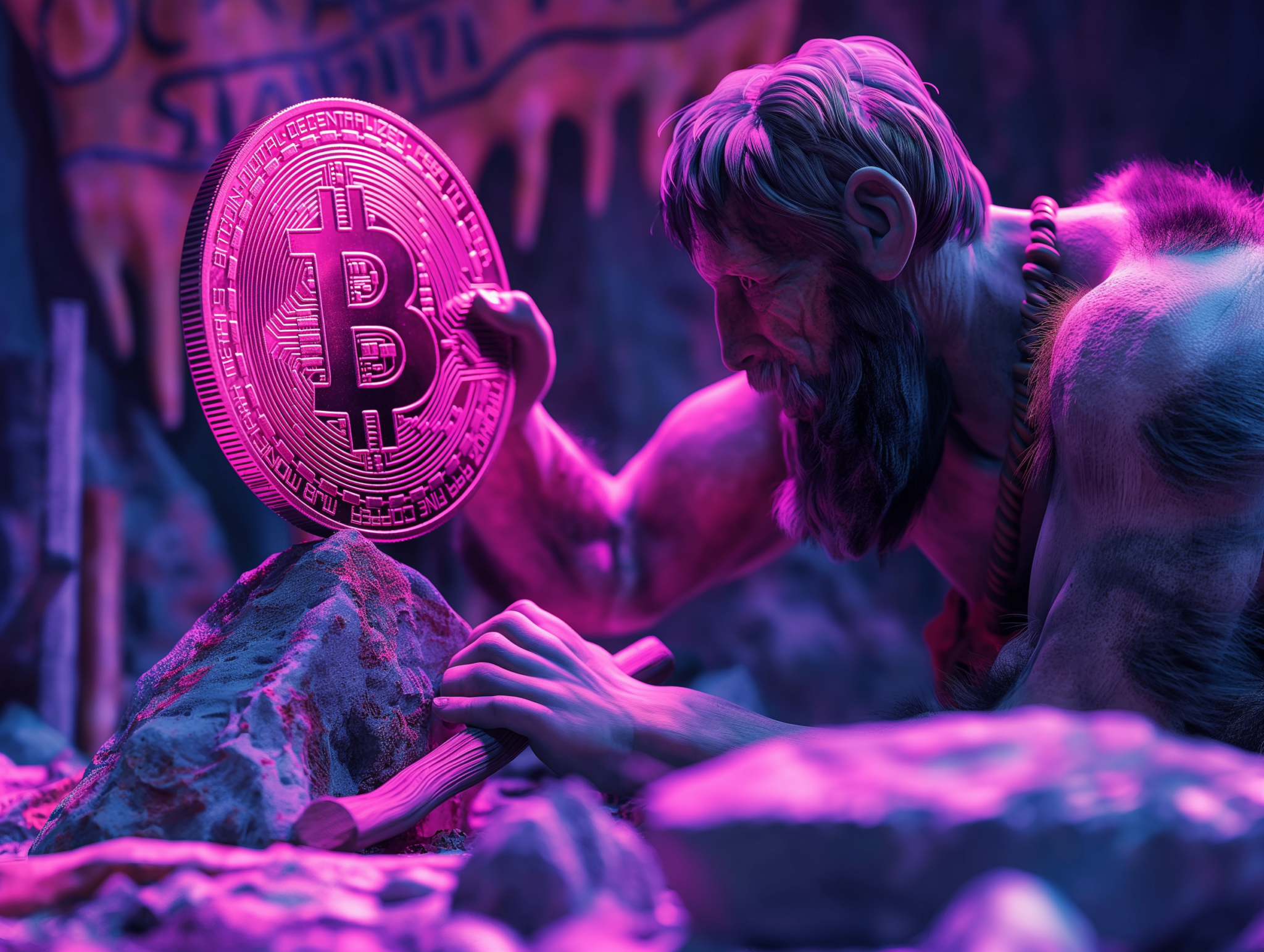In cryptocurrency, gas fees are often the unsung heroes—or villains, depending on who you ask. These fees, integral to the functioning of blockchain networks, can be a source of confusion and frustration for many users. But what exactly are gas fees, and why do they matter?
The Fuel of the Blockchain Engine
At its core, a gas fee is essentially a transaction fee. It’s the cost users pay to have their transactions processed and validated on a blockchain network. Think of it as the fuel that keeps the blockchain engine running smoothly. Without gas fees, blockchain networks would be vulnerable to spam attacks and network congestion, potentially grinding operations to a halt.
But gas fees aren’t just about keeping the network secure. They also incentivize miners and validators—the individuals and entities that maintain the network by processing transactions and adding new blocks to the chain. Users effectively compensate these network participants for their computational resources and efforts by paying gas fees.
Ethereum’s Complex Dance of Supply and Demand
While many blockchain networks employ gas fees, Ethereum’s implementation is particularly nuanced. Ethereum’s gas fees consist of a base fee that fluctuates with network demand and an optional priority fee that users can add to speed up their transactions.
This dynamic fee structure allows Ethereum to balance network efficiency with user needs. During periods of high demand, fees increase as users compete for limited block space. Conversely, fees decrease when network activity is low, making transactions more affordable.
A Tale of Many Chains
While Ethereum might be the poster child for gas fees, other blockchain networks have their approaches to transaction costs. Bitcoin, the granddaddy of cryptocurrencies, bases its fees on transaction size and the demand for block space. The urgency of a transaction can also play a role in determining its fee.
Newer networks like Binance Smart Chain and Polygon have emerged as alternatives, offering lower fees through optimized consensus mechanisms and layer-2 scaling solutions. These innovations allow faster transaction processing and reduced costs, making them attractive options for users seeking more affordable blockchain interactions.
Alternative blockchains such as Solana and Cardano have taken yet another approach. Solana’s unique Proof-of-History mechanism allows for extremely high throughput, keeping fees low even during periods of high activity. With its academically rigorous approach, Cardano has developed its own Proof-of-Stake protocol to balance efficiency with security.
The Ebb and Flow of Gas Fees
Understanding what influences gas fees can help users navigate the sometimes turbulent waters of blockchain transactions. Network congestion is perhaps the most significant factor—when more users try to transact, fees rise as they compete for limited block space.
The complexity of a transaction also plays a role. A simple transfer of tokens will generally be cheaper than a complex interaction with a smart contract. Users also have some control over their fees through gas limits, allowing them to set a maximum amount they’re willing to pay. However, setting this limit too low might result in a transaction failing to process.
Mastering the Art of Fee Management
Managing gas fees can become an art form for the savvy crypto user. Tools like Etherscan provide real-time data on gas prices, allowing users to make informed decisions about when to initiate transactions. Some users even set up gas price alerts, notifying them when fees drop to a desirable level.
Timing can also be crucial. As seasoned commuters know to avoid rush hour traffic, experienced crypto users often conduct their transactions during off-peak hours—typically late nights or weekends—when network activity tends to be lower.
The Ripple Effect
The impact of gas fees extends far beyond individual transactions. High fees can be a significant entry barrier, potentially deterring new users from engaging with blockchain technology. For developers, unpredictable fees can pose challenges in deploying and maintaining decentralized applications, affecting everything from budgeting to user experience.
This ripple effect underscores the importance of finding sustainable solutions to mitigate gas fees. The long-term success and widespread adoption of blockchain technology may well hinge on making these systems more accessible and cost-effective for users.
Glimpses of a Gas-Efficient Future
The blockchain community isn’t standing still in the face of these challenges. Innovative solutions are continually being developed to address the gas fee conundrum. Ethereum 2.0, a major upgrade to the Ethereum network, promises improved scalability and efficiency by transitioning to a Proof-of-Stake consensus mechanism and sharding implementation. While not directly aimed at reducing gas fees, these improvements are expected to have a significant impact on transaction costs by increasing the network’s capacity to handle transactions.
Layer-2 solutions like Optimistic Rollups and zk-Rollups offer another avenue for fee reduction. By processing transactions off-chain and bundling them for efficient on-chain recording, these technologies aim to significantly lower costs while maintaining the security benefits of the main blockchain. Recent developments, such as the Dencun upgrade, introduce “proto-dank sharding,” which optimizes data storage for Layer-2 networks, further enhancing the efficiency of these scaling solutions.
Navigating the Gas-Fee Frontier
As blockchain technology continues to evolve, understanding and managing gas fees remains crucial for anyone involved in the crypto space. By staying informed about current gas prices, leveraging fee prediction and management tools, and keeping an eye on emerging solutions, users can navigate this complex landscape more effectively.
The future of blockchain technology is bright, with innovations continually emerging to address current limitations. As these solutions mature and new ones arise, we can look forward to a more accessible and efficient blockchain ecosystem—one where the benefits of this revolutionary technology are available to all, unencumbered by prohibitive fees.
In this ever-evolving digital frontier, knowledge truly is power. By demystifying gas fees and understanding their role in the broader blockchain ecosystem, we equip ourselves to make more informed decisions, optimize our transactions, and fully participate in the exciting world of decentralized finance. As we continue to push the boundaries of what’s possible with blockchain technology, one thing remains clear: the journey is just beginning, and the best is yet to come.
















